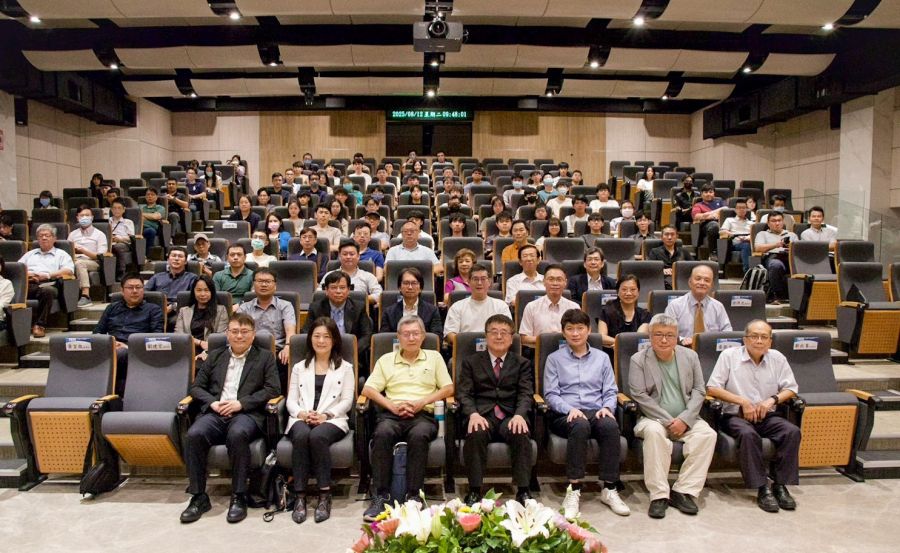生態農業:農業溫室氣體減量【生命科學系/林幸助特聘教授】
| 論文篇名 | 英文:Methane emissions from subtropical and tropical mangrove ecosystems in Taiwan 中文:臺灣紅樹林甲烷排放 |
| 期刊名稱 | FORESTS |
| 發表年份,卷數,起迄頁數 | 2020, 11 (4), 470. |
| 作者 | Lin, Chiao-Wen; Kao, Yu-Chen; Chou, Meng-Chun; Wu, Hsin-Hsun; Ho, Chuan-Wen(何瓊紋); Lin, Hsing-Juh(林幸助)* |
| DOI | 10.3390/f11040470 |
| 中文摘要 | 紅樹林是藍碳生態系之一,但是從紅樹林土壤排放之溫室氣體可能會減損碳儲存能力。我們測量水筆仔及海茄苳之土壤甲烷排放量,發現量還不少,在建構紅樹林碳收支時不可忽視。海茄苳甲烷排放量在夏天高,冬天低,但是水筆仔並無季節差異。海茄苳的甲烷排放量比鄰近灘地高,但是水筆仔則未必如此。複迴歸分析顯示土壤含水量及有機質為影響水筆仔甲烷排放量的主要因子,但是土壤因子與海茄苳甲烷排放無甚關係,推測應該與海茄苳的呼吸根有明顯相關。因此紅樹林樹種與根結構可能會影響甲烷排放。 |
| 英文摘要 | Mangroves are one of the blue carbon ecosystems. However, greenhouse gas emissions from mangrove soils may reduce the capacity of carbon storage in these systems. In this study, methane (CH4) fluxes and soil properties of the top 10 cm layer were determined in subtropical (Kandelia obovata) and tropical (Avicennia marina) mangrove ecosystems of Taiwan for a complete seasonal cycle. Our results demonstrate that CH4 emissions in mangroves cannot be neglected when constructing the carbon budgets and estimating the carbon storage capacity. CH4 fluxes were significantly higher in summer than in winter in the Avicennia mangroves. However, no seasonal variation in CH4 flux was observed in the Kandelia mangroves. CH4 fluxes were significantly higher in the mangrove soils of Avicennia than in the adjoining mudflats; this trend, however, was not necessarily recapitulated at Kandelia. The results of multiple regression analyses show that soil water and organic matter content were the main factors regulating the CH4 fluxes in the Kandelia mangroves. However, none of the soil parameters assessed show a significant influence on the CH4 fluxes in the Avicennia mangroves. Since pneumatophores can transport CH4 from anaerobic deep soils, this study suggests that the pneumatophores of Avicennia marina played a more important role than soil properties in affecting soil CH4 fluxes. Our results show that different mangrove tree species and related root structures may affect greenhouse gas emissions from the soils. |







